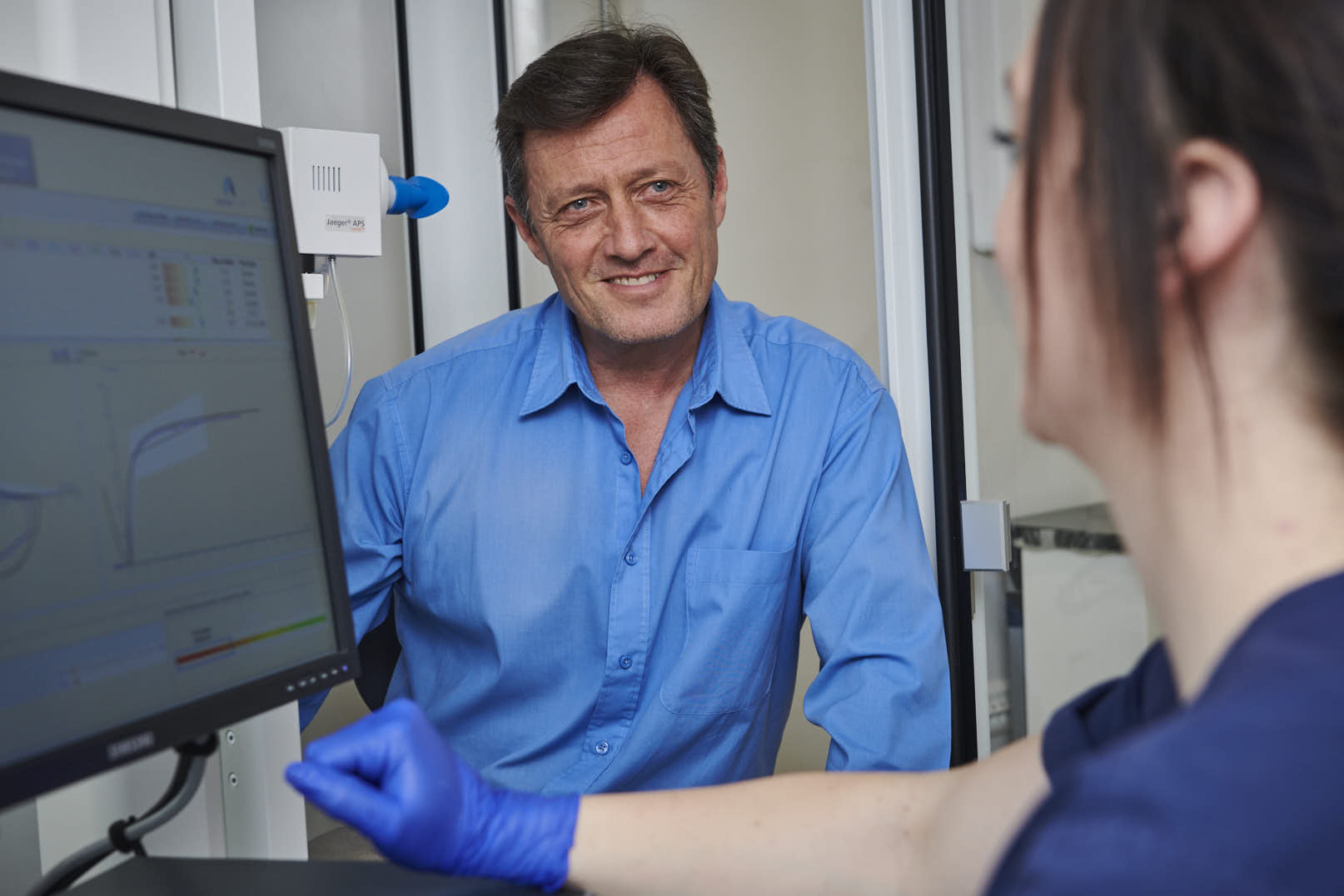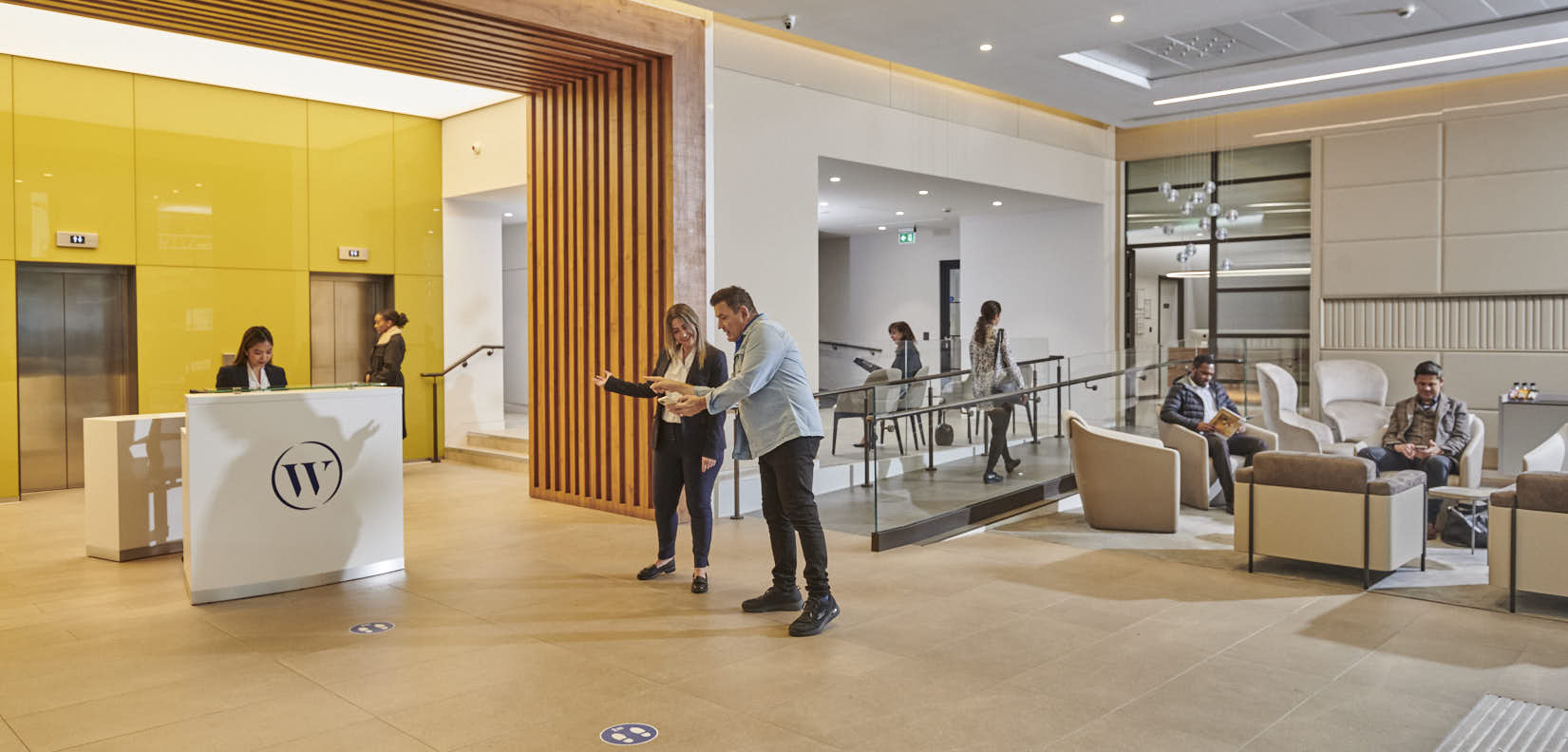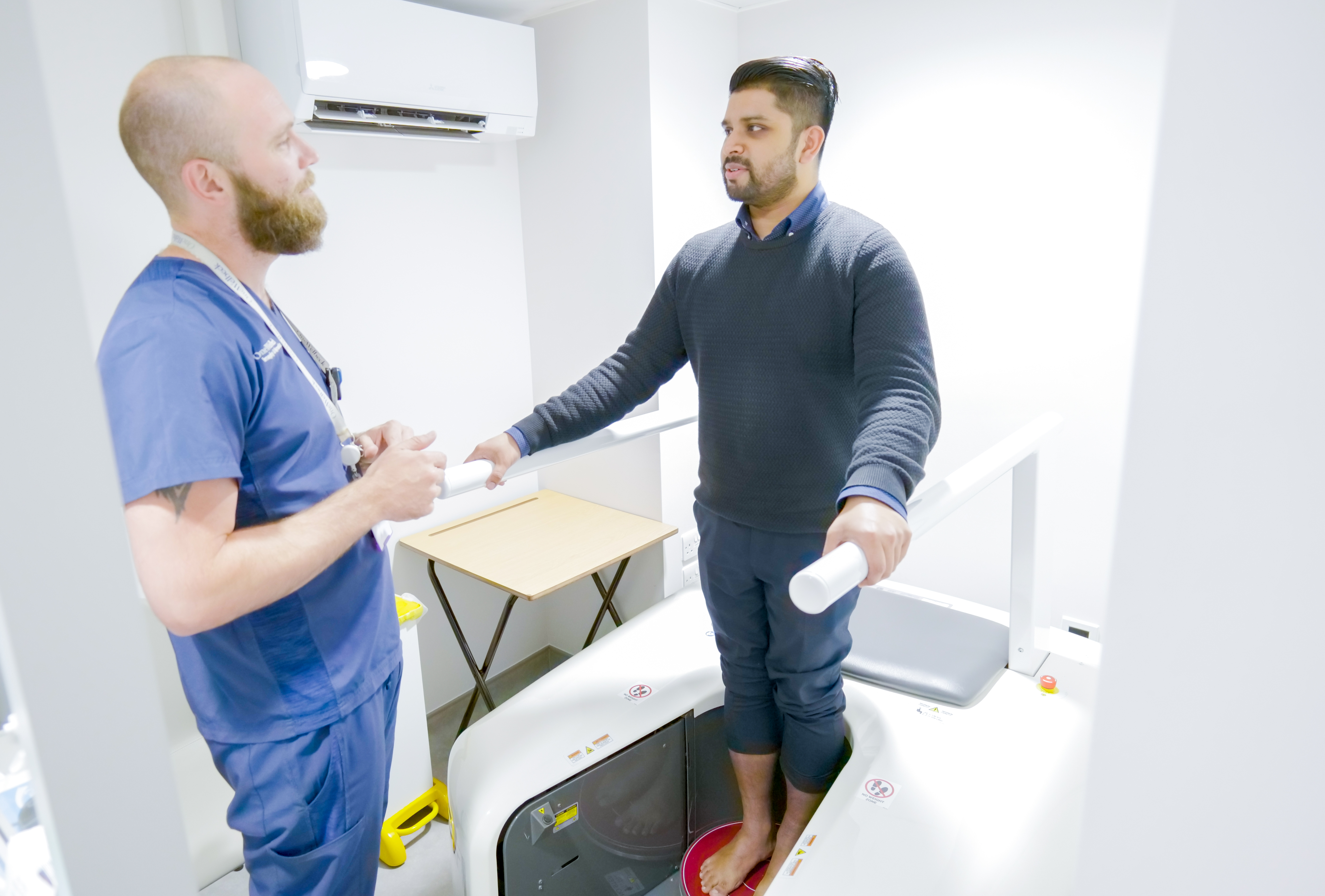A Standing CT is different to a normal CT Scan in that the patient remains standing while the scan is taking place. Rather than passing radiation through your whole body, in a Standing CT just your feet and ankles are scanned. This allows images to be taken while your weight is applied to the foot and ankle as opposed to when the weight is off during a normal, lying down CT.

The Benefits of a Standing CT:
- A Standing CT only uses a very low dose of radiation.
- Usually, this low dose of radiation would give only 2D pictures, but during a Standing CT, 3D images are taken.
- Scans are taken of both feet when they are side by side, aiding comparison.
- The scan is quick (30-60 seconds). This means that if the patient has injured their foot, they do not need to place weight on it for very long.
- Information is more accurate and the process is safer.

When is a standing CT needed/used?
A Standing CT can be used for all conditions affecting the foot and ankle. Scans are taken of the bones and joints, highlighting arthritis and fractures. The position of the foot and the ankle can also be assessed in this scan, which will allow your physician to address pain emerging from tendons and other soft tissues.
At OneWelbeck, our Standing CT scanner provides the latest and best technology for ankle and foot scanning, and with very few such machines in the UK we strive to go beyond better for our patients.
The Standing CT scanner provides better information. For the last 20 years, the only option for taking images of the foot from a standing position was by X-ray, which can only provide 2D images. The Standing CT scanner allows 3D images of the foot and ankle to be taken, for the very first time.
Mr Matthew Solan, one of OneWelbeck’s Foot and Ankle Surgeons says “The Standing CT Scanner is a huge advance in the diagnosis of foot and ankle problems, as we can now see exactly how your movement and functionality might be affected by your condition. It is not surprising that foot and ankle specialists are so excited about this scanner.”







